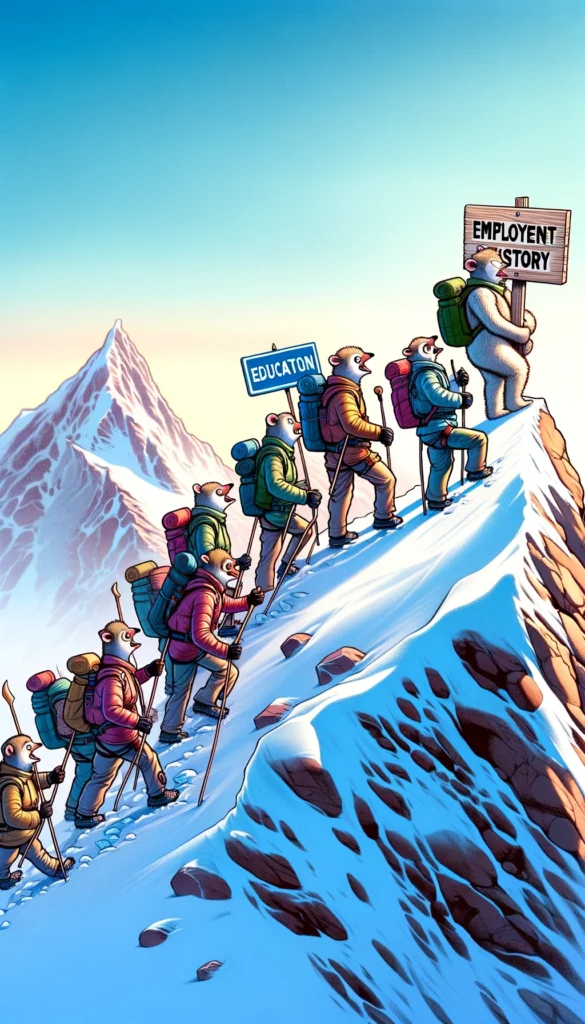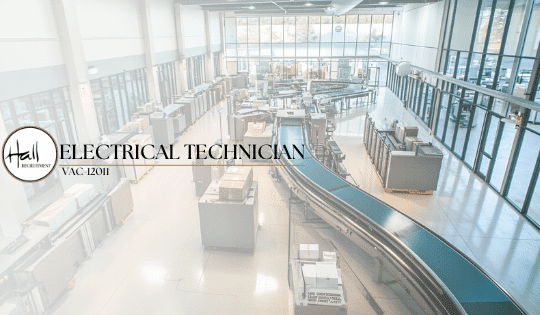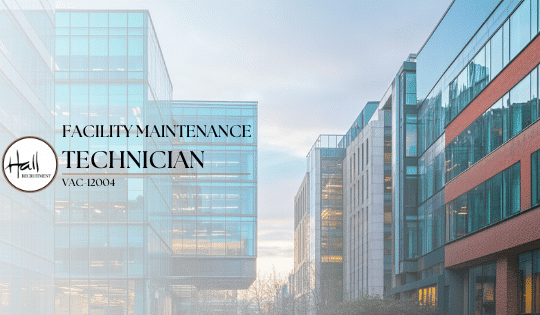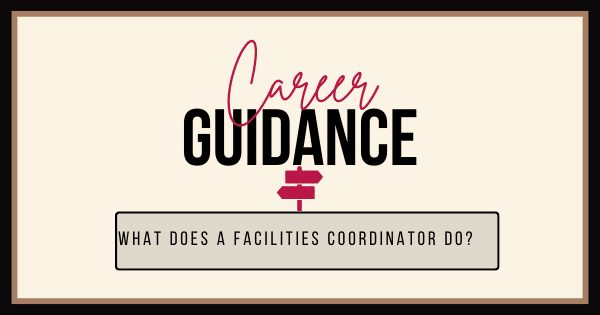“Recalculating Route”: The Risks of Overreliance on Technology in Job Searches and Recruitment.
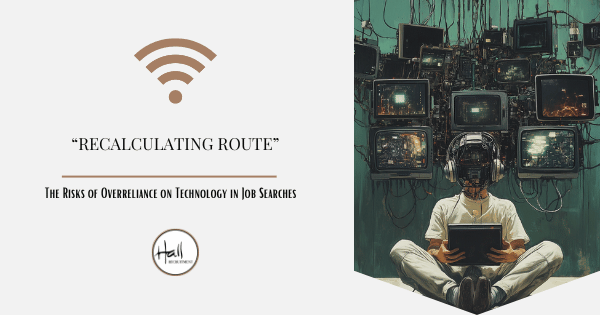
- “Recalculating Route”: The Risks of Overreliance on Technology in Job Searches.
- “Man vs. Machine”: When Algorithms Lead the Way
- “Follow the GPS”: How Automation Can Lead Us Astray
- “Rediscovering the Scenic Route”: The Importance of Human Insight
- “The Double-Edged Sword”: Efficiency vs. Oversimplification
- “Human Touch Matters”: The Role of Recruitment Agencies
- “Striking the Balance”: Technology as a Tool, Not a Crutch
- Conclusion: “Reclaiming the Driver’s Seat”
“Recalculating Route”: The Risks of Overreliance on Technology in Job Searches.
“Man vs. Machine”: When Algorithms Lead the Way

The advent of AI has undoubtedly revolutionised the job search process, making it faster and more efficient than ever before. From AI-powered resume screening to automated job matching, these tools are increasingly taking the reins in how we find and land jobs. However, as much as these technologies bring convenience, they also introduce significant risks, particularly when over-relied upon by both job seekers and employers. When algorithms take center stage, the human touch—the nuances of personal experience, intuition, and values—can get lost in the process.
“Follow the GPS”: How Automation Can Lead Us Astray

Like blindly following a GPS and missing out on scenic detours, an overdependence on AI in recruitment can lead candidates down a path that may not align with their true career aspirations. Algorithms, after all, are designed to identify patterns and make predictions based on data, but they lack the ability to fully comprehend the complexities of a person’s career journey. This can result in missed opportunities that don’t fit neatly into the algorithm’s parameters but could have been a perfect match based on a deeper, more nuanced understanding.
“Rediscovering the Scenic Route”: The Importance of Human Insight

While AI can offer tremendous support in streamlining the job search, it should never replace the invaluable human element. The insights gained from personal interactions, understanding company culture, and aligning with an organisation’s values are aspects that technology simply cannot replicate. At Hall Recruitment, for instance, we recognise the importance of blending technology with human interaction to ensure that candidates don’t just find any job, but the right job. We take the time to understand each candidate’s unique strengths and aspirations, something no algorithm can fully achieve.
“The Double-Edged Sword”: Efficiency vs. Oversimplification

AI-driven tools, while efficient, often run the risk of oversimplifying the recruitment process. Automated resume screeners may reject candidates who don’t fit specific algorithmic criteria, despite having the potential to excel in a role. This is especially true for individuals with non-traditional career paths or those looking to switch industries. By relying solely on these tools, employers might overlook highly capable candidates simply because they don’t tick the right boxes.
“Human Touch Matters”: The Role of Recruitment Agencies

Recruitment agencies like Hall Recruitment play a critical role in balancing the efficiency of AI with the irreplaceable human touch. We not only use AI to enhance the recruitment process but also rely on our deep understanding of both candidates and employers to make informed decisions. This human insight allows us to advocate for candidates who might be overlooked by AI and ensure that the roles we fill are not just about matching skills, but also about aligning values and aspirations.
“Striking the Balance”: Technology as a Tool, Not a Crutch

The key to navigating the modern job search is striking the right balance between leveraging AI and maintaining the human element. AI should be seen as a powerful tool that enhances our abilities, not as a replacement for the critical thinking, intuition, and personal connections that are so vital in recruitment.
- Use AI to optimise: Let AI help you prepare for interviews. Ask it to act like the employer in the company and determine likely questions that may come up so you can prepare. This will ensure you are prepared when you need to be.
- Network actively: While AI can suggest networking opportunities, it’s up to you to build genuine relationships that can open doors to unexpected opportunities.
- Continuous learning: Stay informed about how AI is changing your industry and use it to identify new skills to develop. However, don’t forget to nurture your unique qualities that make you stand out in a crowded market.
- Personalise your journey: Remember that your career path is your own. Don’t let algorithms dictate every step. Use them to inform your decisions, but always be the one in the driver’s seat.
Conclusion: “Reclaiming the Driver’s Seat”
In this AI-driven world, the risk of becoming a passenger in your own career journey is real. However, by understanding the limitations of technology and reasserting the importance of human insight, both job seekers and employers can better navigate the evolving landscape of recruitment. Embrace the tools at your disposal, but never forget that the most critical decisions about your career should be made by you—not an algorithm.
In the end, it’s not about choosing between man and machine, but about finding the right balance where technology and human insight work together to create better, more fulfilling career paths.



